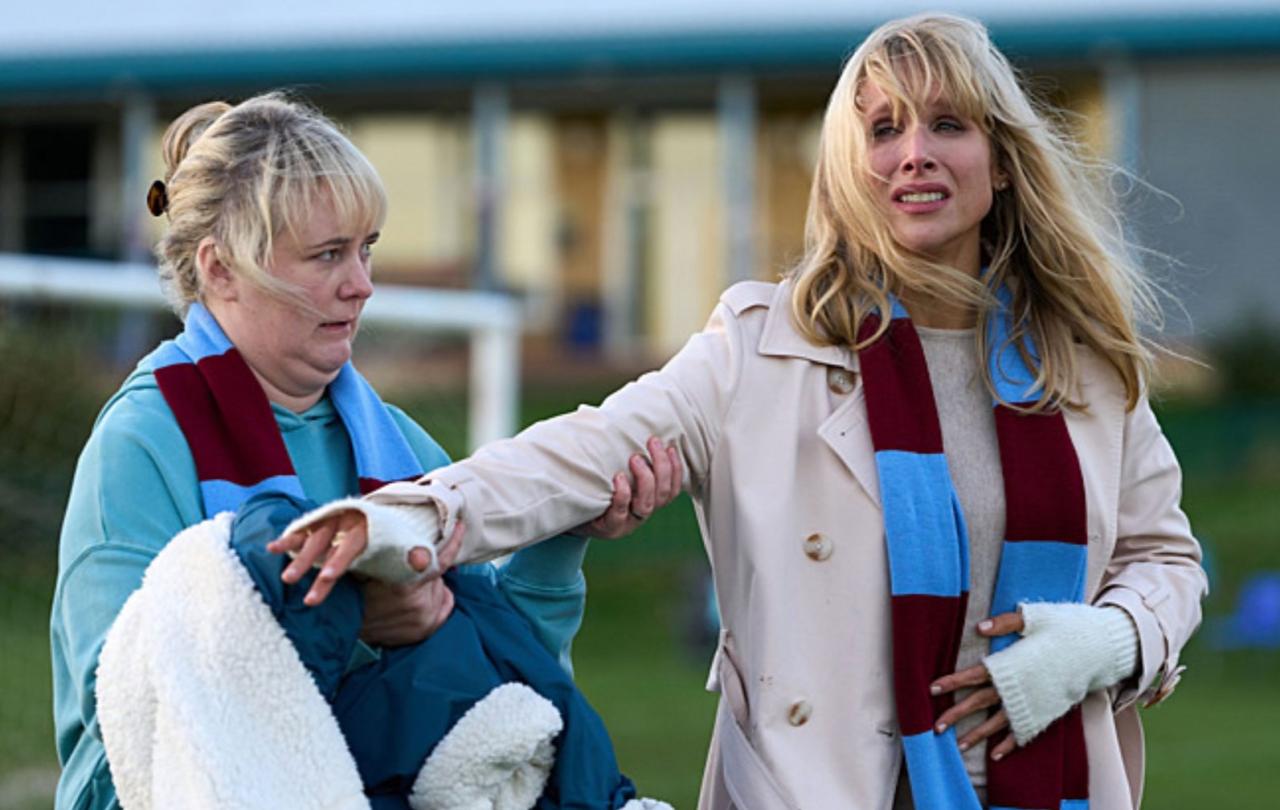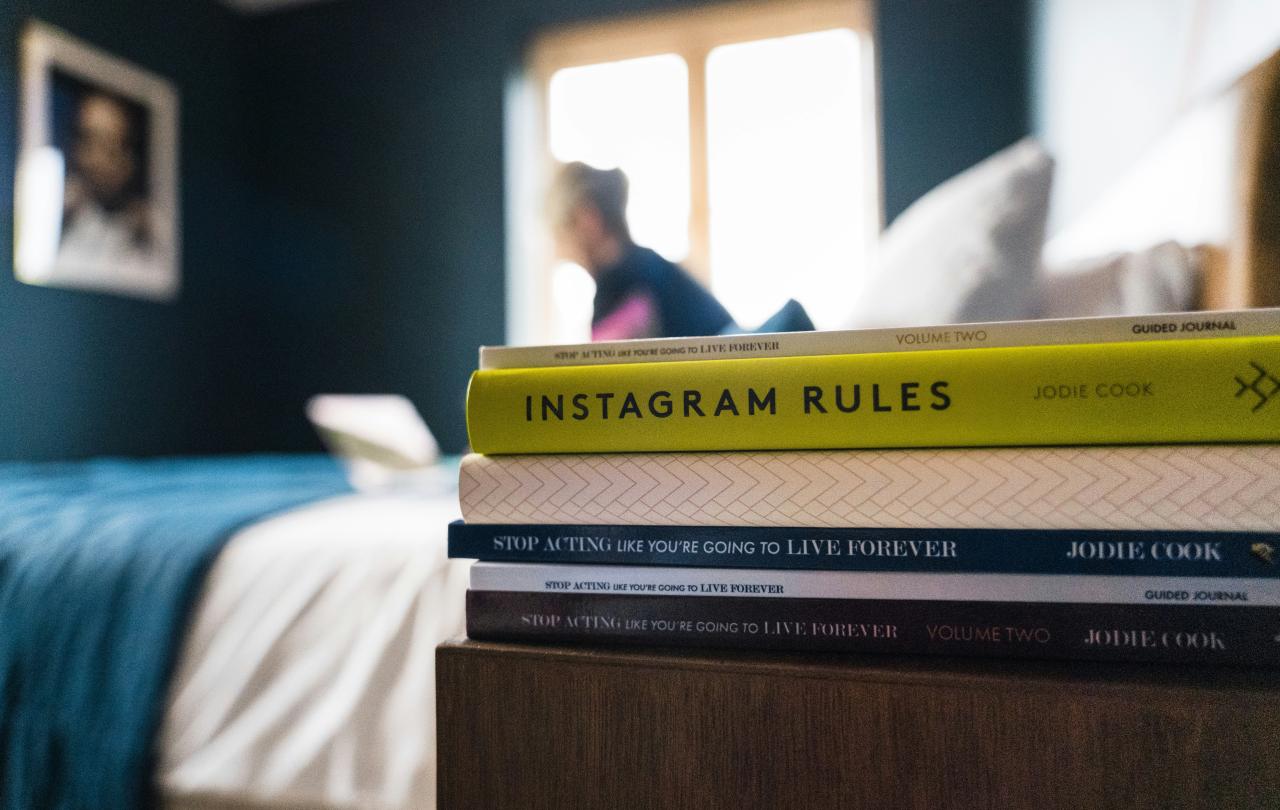
Nobody likes mums. Not really. We talk about our kids all the time, we’re bossy, we’re interfering, we’re no fun. The stereotypes abound. Not even mums like other mums. We should help each other, but we often end up mercilessly judging each other instead. If you work, you’re a cruel, neglectful mother; if you’re a stay-at-home mum, you’re lazy, weak, and probably boring.
Even worse than being disliked, though, is not being taken seriously. I thought motherhood would bestow a certain level of respect, a kind of admission, from society at large, that if you can keep a human being alive – let alone several – you must be somewhat competent at least. I can now see that’s only the case in older motherhood, once your children are grown up and you can prove to the world that you did, in fact, do a good job of raising them. Before then, while your kids are still loud toddlers or moody teenagers, being a mother is a decidedly low-status affair.
That’s exactly what Amandaland, the new Motherland spin-off, gets right. In Motherland, the original show, the character of Amanda is a confident, terrifying alpha mum, a modern anti-heroine and a foil to the frazzled, overwhelmed protagonist Julia. As a stay-at-home mum, Amanda holds on to her high social status by a combination of displaying her husband’s wealth and a careful strategy of putting other mothers down at every possible occasion.
By the end of Motherland, however, Amanda is lost: she opens and very quickly closes a lifestyle shop, she’s about to lose her house in the divorce, and her ex-husband is about to remarry. She’s not quite so terrifying anymore; she’s more human, more fragile. Her insecurities begin to show.
It’s only in Amandaland, however, that her alpha-mum persona fully breaks down. She’s had to downsize and – gasp – move from Acton to a less affluent part of London; her ex-husband is refusing to pay for their kids’ private school or for her car; she has no career and no prospects. While materially still more privileged than many, in the eyes of society she’s lost any claim to admiration.
As she meets a host of mums and dads from her kids’ new school after her move, it’s obvious that Amanda is trying to conceal this drastic change. She refers to all the furniture which she’s hording from her old, much bigger house – in her mother’s garage – as ‘curated items from my style archive’. When her mother nudges her to get rid of said ‘curated items’ in the school’s car boot sale, she deflects by declaring, in a suitably dramatic way, ‘I’m so ready to streamline all these investment pieces’. In the next episode she starts showing off, at her kids’ football practice, that ‘this big-shot interiors firm just begged me for a meet at their flagship store’. What she means is that she’s got a job interview at a kitchen and bathroom showroom. Which job she does get, by the way, and proceeds to refer to it for the rest of the show as her ‘collab’.
I said that nobody likes mums. I should have said, more accurately, that most people don’t find caregivers interesting.
There’s a reason Amanda speaks in cringeworthy euphemisms half of the time, and it’s not because she delights in being irritating. It’s because she’s feeling the full force of her fall in social status. We can judge her for being shallow enough to care about wealth and appearance so much. But it’s impossible for me not to feel an enormous amount of sympathy for her. I know what it’s like to see someone’s gaze at a social event drift away as you mention that you’re a stay-at-home mum. I know the agonizingly overnice look that often meets you when you say you’ve been trying to get back to work after having kids.
And to be clear, I’ve been referring to ‘mothers’ throughout, but consciously being perceived as low status is an experience common to all primary caregivers. In Motherland, Kevin, the stay-at-home dad of the group, was often mocked and dismissed as insignificant for looking after his two daughters full time. I said that nobody likes mums. I should have said, more accurately, that most people don’t find caregivers interesting.
There are two ways to respond to the plain fact that caregiving is seen as low status and low value, and Amanda learns both over the course of the show. The first is to realise we have an innate value that cannot be determined by social approval. We must become comfortable with being sneered at; there’s no way around it. Without spoiling what happens in later episodes, Amanda does grow in virtue by valuing status less and less, eventually rejecting the opportunity to return to wealth and high status for the sake of her family and her own integrity.
The second way is to find fellowship. The friendships which Amanda forms, especially with the wonderful Anne, also an original Motherland character, are what save her from herself in the end. Anne and the other parents show her that they, at least, don’t care that she’s no longer rich, powerful, and terrifying. They chip away at her armour until she realises that she doesn’t need to be adored in order to be loved.
We cannot control how people perceive us, but we can control how we respond. At the beginning of the show, Amanda’s response to the challenges of motherhood was to sink into self-absorption. In the end, she’s redeemed by the kindness of her friends. Motherhood will, perhaps, always be a thankless, low status job. But it’s also, and will always be, an irreplaceable one.
Celebrate our 2nd birthday!
Since March 2023, our readers have enjoyed over 1,000 articles. All for free. This is made possible through the generosity of our amazing community of supporters.
If you’re enjoying Seen & Unseen, would you consider making a gift towards our work?
Do so by joining Behind The Seen. Alongside other benefits, you’ll receive an extra fortnightly email from me sharing my reading and reflections on the ideas that are shaping our times.
Graham Tomlin
Editor-in-Chief





